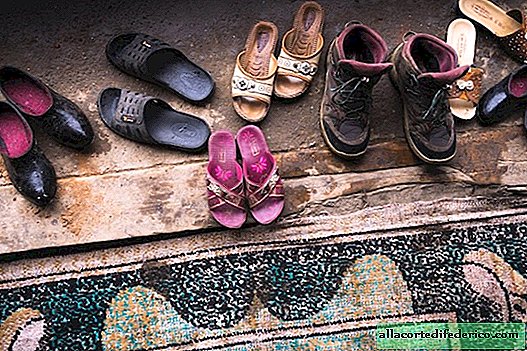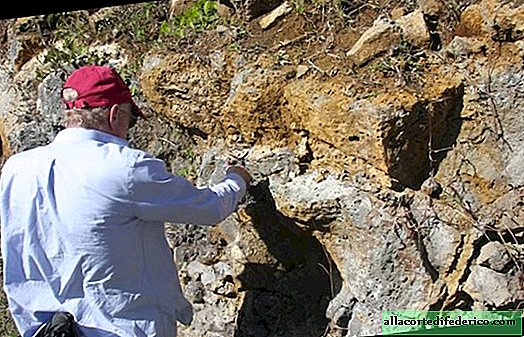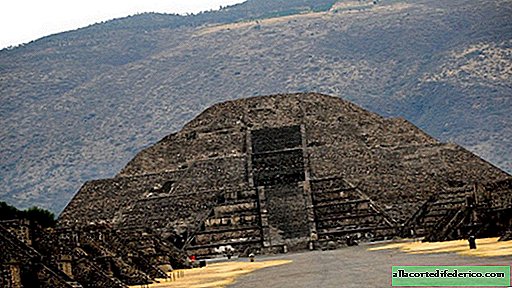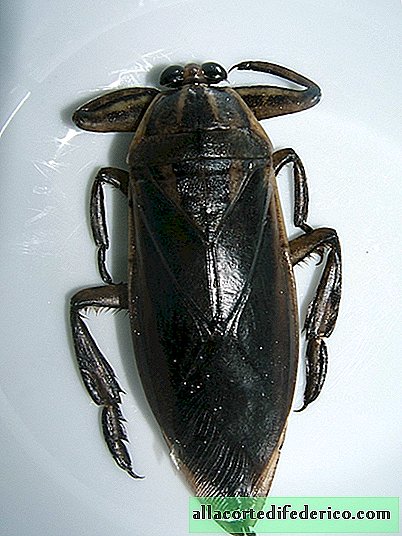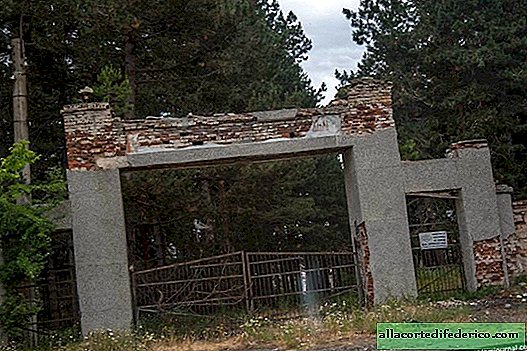12 archaeological finds of 2018 that will change your understanding of history
2018 is already in the past, the first half of 2019 will soon end, but there is nothing shameful in recalling now the most interesting and incredible events of the past year. Especially if they went unnoticed, like those moments in the field of archeology that we will talk about today. These are amazing and interesting discoveries that can forever change our understanding of history.
Traces of the most ancient shipwreck were found in the depths of the Black Sea
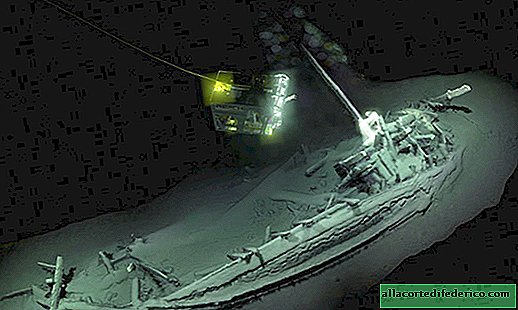
Off the coast of Bulgaria, marine archaeologists found a sunken ship owned by Greek merchants. The ship is at least 2,400 years old. It turned out that this is the oldest shipwreck known to science. In addition, the find was perfectly preserved due to the lack of oxygen in the depths of the Black Sea.
Archaeologists reached the last unexplored area of Pompeii
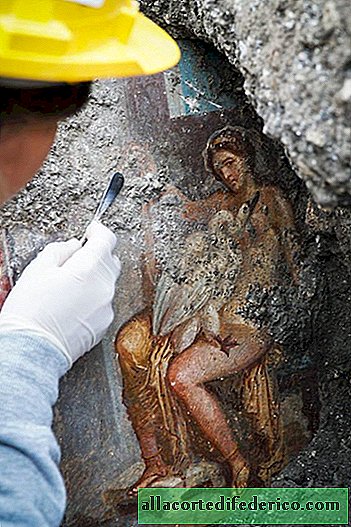
After years of excavation, part of Pompeii remained unexplored, but last year everything changed. Researchers at the excavation site realized that the area they were working on was in danger due to the destruction of solidified lava. They rushed to dig up the last unexplored part, called Regio V. Here a new series of frescoes was discovered, as well as a room, which was a temple for the guardian deities, who, according to the ancient inhabitants of the city, defended their houses and fields.
The first baking arose 14,400 years ago
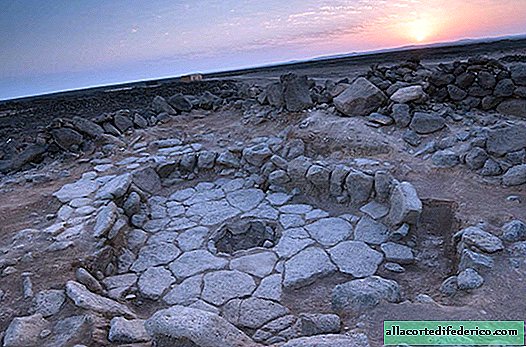
Last year, it turned out that four millennia before the advent of agriculture, the inhabitants of some regions were already trying to invent a recipe for delicious pitta. Danish researchers have discovered traces of a settlement that belonged to the so-called Natufians. Here they found curious bread-like foods. It turned out that these people collected wild cereals and tubers for the production of flour and bread, and then baked cakes in ovens. Scientists think that this recipe was not used in everyday kitchen, but was intended for special, festive occasions.
A completely unique mummy was discovered at a burial site in Egypt

Archaeologists from Germany and Egypt have found an ancient funeral home in Egypt. The rectangular building, which opened to the gaze of scientists, was a workshop of mummies. This is evidenced by the huge number of pottery made of ceramics, where the masters kept various substances for mummification. Here, on the territory of the "funeral home", archaeologists discovered an underground passage stretching to rooms with dozens of mummified deceased. One of the most amazing finds in these cells was the coffin with the body of a woman who bore the name of Tadihor. The sarcophagus was surrounded by dozens of protective figures with the name of the deceased written on them. On the face of the mummy was a mask of silver, which has serious religious significance, according to researchers. The fact is that the ancient Egyptian scriptures say that the skeletons of the gods are made of silver and gold. Accordingly, a body with a silver overlay means that a person who left this world after death should have become a god.
In the human remains of 3 800 BC the bacteria that caused the worst plague in Europe of the 14th century were found
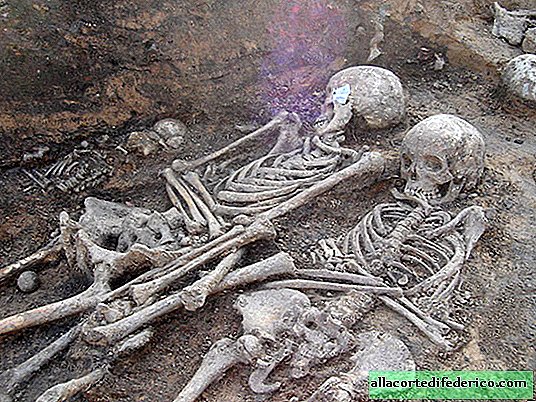
It is known that in the 14th century a "black death" swept through Europe - a terrible plague that claimed more than five tens of millions of people. This period is still called one of the most tragic and catastrophic epidemics in the history of mankind. What was the surprise of archaeologists when, in skeletons dating back to 3 800 BC, they found the causative agent of this plague. The discovery indicates that a terrible disease originated in the Bronze Age, and its outbreak many thousands of years ago led to large-scale migration on the Eurasian continent.
The oldest trace of man

Last March, the oldest human footprint was found on the Canadian island of Calvert. In fact, several footprints were discovered. According to archaeologists, they were left by two adults and a child. Scientists say they could be over 13,000 years old.
The tools, which are 20,000 years old, have astounded historians with the question of who the first people who inhabited America were
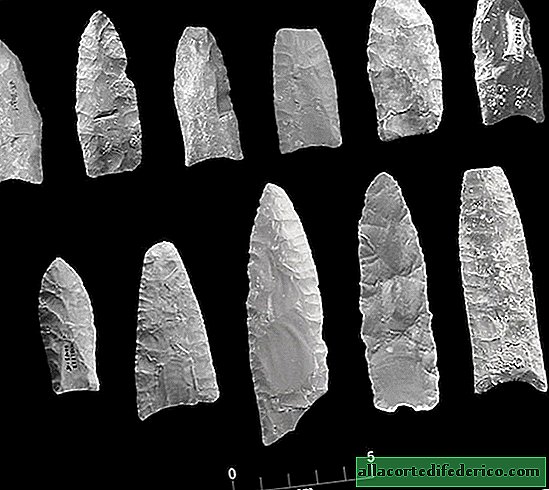
The year 2018 will probably go down in American history as the year when one of the most exciting mysteries of American history was revealed: who were the first people who settled America? Until now, children in US schools have been taught that the first inhabitants of the American continent were the Clovis, who came to North America from Siberia about 13,000 years ago. Today, in the light of recent discoveries, researchers say that the first settlers could arrive in these territories much earlier. During archaeological research in Texas, previously unknown tools were discovered in the form of blades and shells, whose age significantly exceeds the age of the Clovis culture. The oldest of the items found is from 16 to 20 thousand years.
The oldest drawing ever made
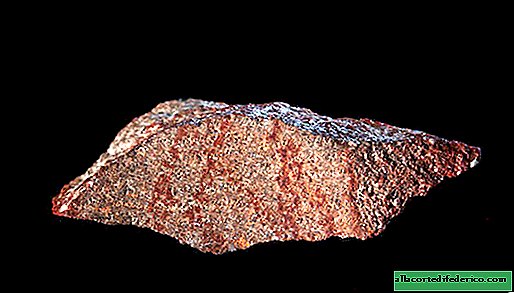
A few months ago, researchers found a stone on which red strokes were drawn. Researchers believe that the find is more than seventy thousand years old, which means that the drawing is the oldest known archaeological science. Also in the Blombos cave, where this image was discovered, scientists found devices from the bones of Homo sapiens, the remains of the jaws and various ornaments.
The most ancient remains of body parts
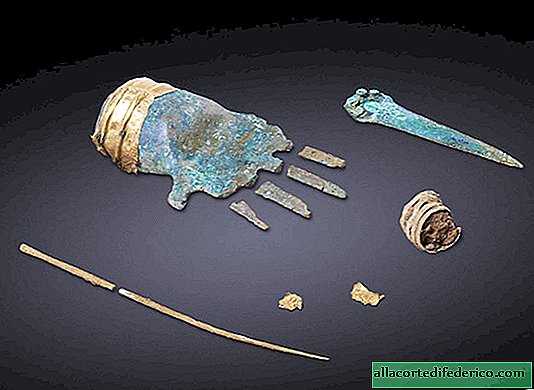
Archaeologists from Switzerland said they found the oldest fragments of the human body in Europe. They were discovered by treasure hunters with metal detectors, along with a bronze knife. Scientists assure that this is an unprecedented discovery and it is so incredible that they did not even immediately believe in its authenticity. Later, archaeologists found that the remains date back to the Bronze Age.
Our ancestors could start drinking beer much earlier than we think.

The year 2018 was marked by another curious discovery of archaeologists made on the territory of modern Israel. At the site of one of the burials, researchers found an image of wheat and barley, which they suggest tells about ancient brewing, which was part of a funeral feast. According to archaeologists, the wall certificate is more than 13 thousand years old.
Bodies in a sarcophagus with a strange red liquid inside
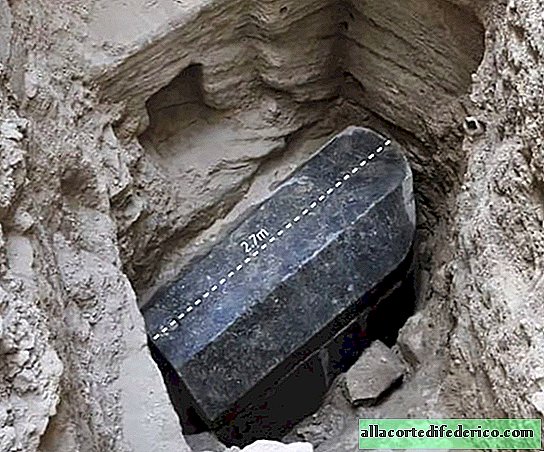
The most sensational archaeological find of the past year is the sarcophagus, inside which was the body of a young woman no older than 25 years old at the time of death, as well as the remains of two male bodies, which were from 30 to 40 years old. Opening the coffin, archaeologists saw red wastewater inside, which could leak there under mysterious circumstances. It is also striking that at the moment this sarcophagus is the largest of all that researchers have ever found in Alexandria. The impressive protective layer of the substance used to seal the coffin makes researchers think that it has never been opened since the funeral. But the question of the mysterious liquid inside and its entry into the sarcophagus remains open.
The ramp that may have been used to build the pyramids
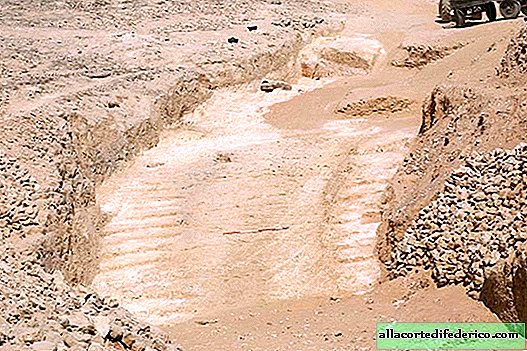
Archaeologists have discovered a device that is 4,500 years old. This find is likely to shed light on the secret of the construction of the Great Pyramids of Giza. The researchers were presented with a system of structures, with the help of which the ancient Egyptians, apparently, delivered stones from alabaster to a great height.





